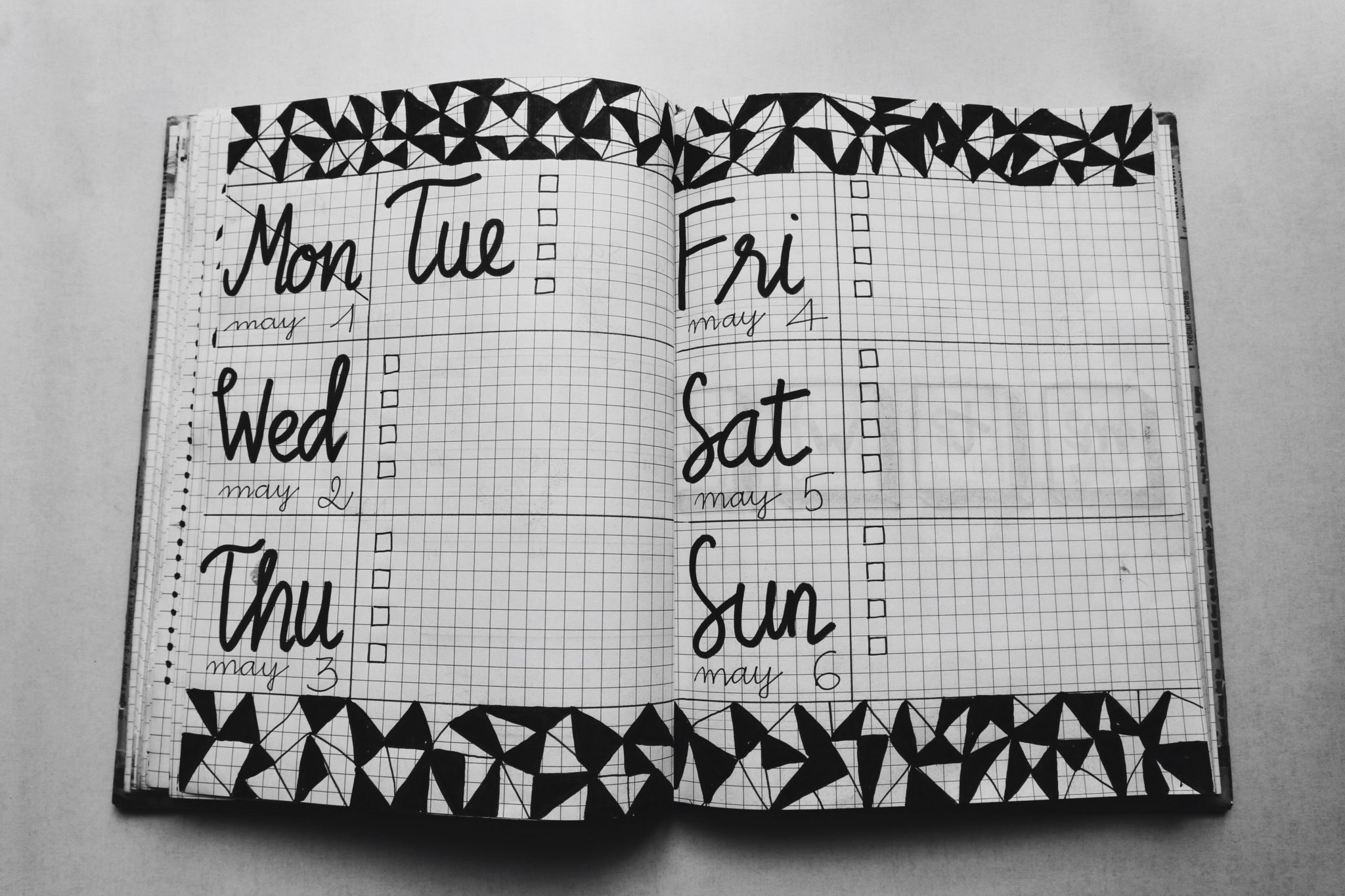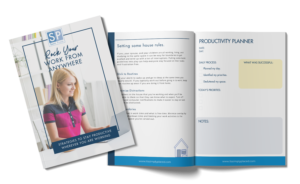
Last week, we introduced the topic of Project Management in Part 1 of this 2-Part series by the newest member of our team, Dana Diaz. This week, learn how you can use project management techniques to be effective at achieving goals in your work or personal life.
Part 2: Utilizing project management techniques
In our last blog post, we defined Project Management as the planning, organization, and timely execution of a collection of thoughtful steps to ensure an overall goal is completed. Project management techniques apply to projects both large and small. Project management techniques help you stay organized and get work done on time and on budget.
Where to Start with Project Management
Adding project management to work or life starts with having a goal in mind. The first step is to break down the overall result you want into milestones, steps and ultimately individual tasks. Think about each step of the process to complete to achieve your high-level goals. Then, break those down even further as needed into logical, manageable tasks. Depending on the size of the project, you may need to break milestones and steps down quite a bit to turn them into manageable tasks.
For example, think of the project of completing laundry. You could have a goal to just “do laundry”. Then, the manageable steps are each smaller task that goes into “doing laundry”: sorting, washing, drying, folding, putting away, etc. The amount of granularity depends on the scope of project, as well as the number of people working on the task.
Capture the Process
For any project that you need to accomplish more than once, it can be helpful to capture and document the repeatable process to help you manage the project in the most efficient and effective way possible, consistently, and for dependable results. To flush out the ideal process, start with a diagram or flow chart that captures the order in which tasks must be completed. Some tasks are dependent on others, some must be completed in a certain order, or some may be done simultaneously. Make sure to note this on your diagram so it doesn’t cause a problem later in the project.
Each milestone in the project will include several individual tasks. Creating a diagram, or flow chart, that reflects these dependent and independent tasks is critical. This will help you to manage your time efficiently and ensure every step of the process is completed.
Plan Out the Steps
Once you have a plan of attack, the next step is to estimate the time each individual task will take. For this step, you may want to consider taking an agile approach. Revisit your progress and project timeframe in sprints – for example, every Monday morning.
Once the project is broken down into smaller, manageable tasks, you have a diagram laying out the order in which tasks must get done, and timeframes have been distinguished, you can begin the work!
Some projects involve work that you complete entirely on your own. Other, larger projects, may need some team help or outsourced help. If that is the case, another important part of project management is the coordination and communication with any others involved. Make sure that the scope, budget, and time-frame of the work others will do falls in line with your plan. Use an agile approach to make sure any dependent tasks are still getting done in the right order. When coordinated accurately and adequately, your project plan will run smoothly and a weight will be lifted off your shoulders.
Project Management produces greater results and less stress
Project management organizes work and reduces stress that surrounds complex projects. It can minimize the feeling of overwhelm when starting a large project, and provide you with a starting point and logical path to completion.
Are there projects in your professional or personal life that you would like to complete but don’t know where to begin? Make your own project management plan now for better results. Failing to plan is planning to fail. The work you can accomplish with a project plan and good project management techniques may surprise you.
You don’t have to go it alone! Do you have projects or goals in your work or personal life that you aren’t sure how to begin? We’d love to be a resource to you! Through our individual consulting or team workshops, or our virtual productivity program, “It’s About Time“, we can teach you how to add smart project management strategies to your professional or personal life so you are able to achieve your goals and have more time for what matters most!






